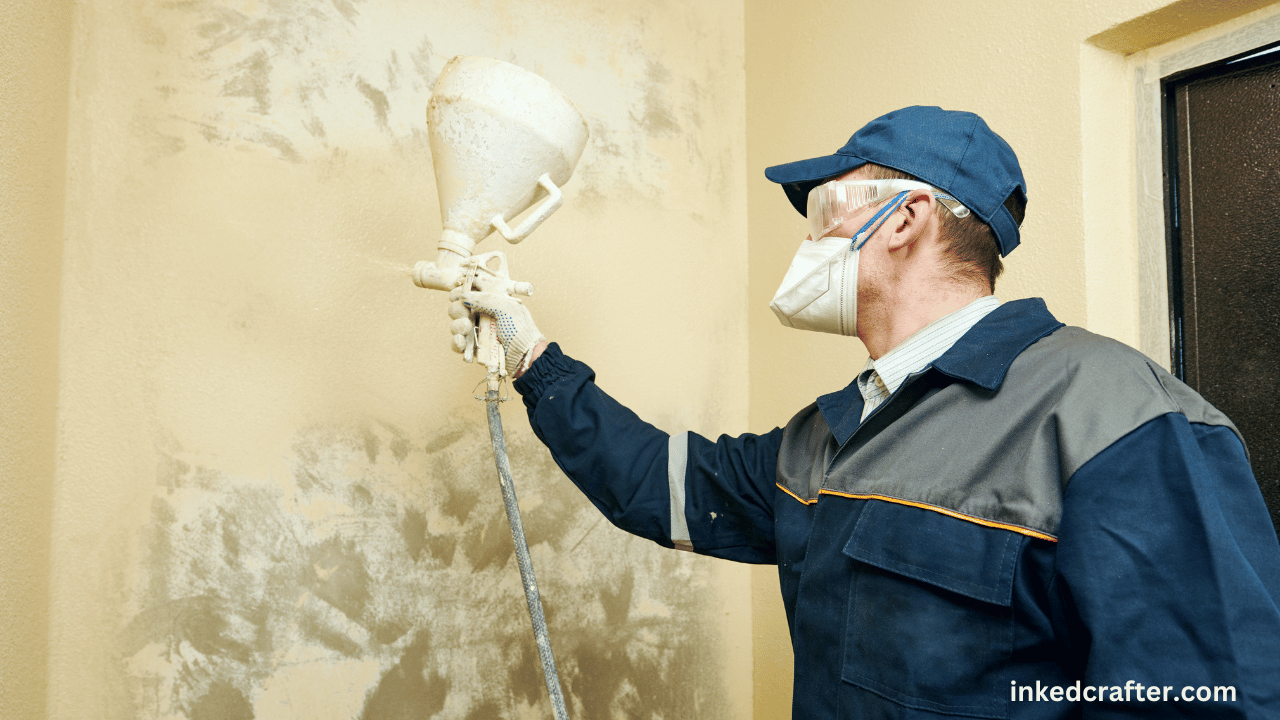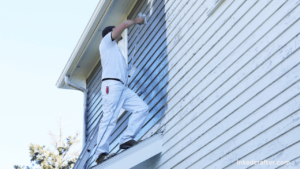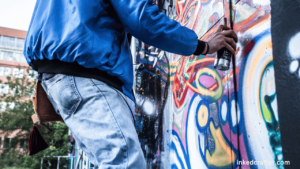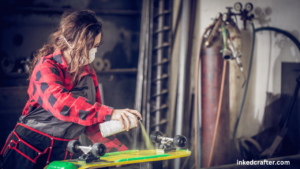As the cold weather sets in, many DIY enthusiasts and professional painters may face the challenge of spray painting outdoors in chilly temperatures. While it may be tempting to bring the project indoors to avoid the cold, painting outside can be the better option for ventilation and avoiding fumes in enclosed spaces.
Spray painting in cold weather comes with its own challenges, but with the right techniques and tips, you can still achieve a high-quality finish on your project. From choosing the right paint and tools to adjusting your technique for colder temperatures, there are several factors to consider when spray painting outside in the cold.
This article will explore some essential tips and tricks for successfully spray painting in cold weather. Whether you’re working on a small DIY project or a larger painting job, knowing how to navigate the challenges of cold weather spray painting can help you achieve professional results while staying comfortable and safe in the winter months. Let’s dive into the cold-weather spray painting world and discover how to make the most of your outdoor painting projects.
Spray painting in cold weather can present unique challenges that may affect the quality of your project. Understanding how cold temperatures impact spray painting is essential to achieve the desired results. Factors such as the drying time of paint, adhesion to surfaces, and the type of paint used play a significant role in cold weather conditions.

Contents
- 1 How does cold weather affect spray painting?
- 2 What are the essential tips for spray painting in cold weather?
- 3 Can you spray paint in cold garage conditions?
- 4 What role does primer play when spray painting in cold weather?
- 5 How do you ensure a professional finish when spray painting in cold conditions?
- 6 Conclusion
- 7 FAQs
- 8 Q: Can I spray paint in cold weather?
- 9 Q: What are some cold weather spray painting tips?
- 10 Q: How does cold weather affect spray painting?
- 11 Q: Should I warm the paint before using it in cold weather?
- 12 Q: How warm should the painting surface be in cold weather?
- 13 Q: Can I use a heater to warm up the painting area in cold weather?
- 14 Q: What should I do if the paint freezes during cold weather spray painting?
How does cold weather affect spray painting?
Temperature can significantly influence the drying time of paint. The paint may take longer to dry in colder conditions, leading to potential issues such as dust particles settling on the wet surface before it sets.
Ensuring proper adhesion in cold weather is crucial to prevent the paint from peeling or chipping due to temperature fluctuations. Choosing the right paint formulated for cold weather applications can help mitigate these challenges.
What are the essential tips for spray painting in cold weather?
Preheating spray paint cans before use can help maintain optimal temperature for better application. Using a warming box to warm the cans during spraying ensures consistent paint flow. Applying thin, even coats of paint is recommended in cold weather to avoid uneven drying and potential paint freezing on the surface.

Can you spray paint in cold garage conditions?
Spray painting in a heated garage offers improved drying time and better paint adhesion. However, precautions should be taken to ensure safety when using heating devices in enclosed spaces. Adequate ventilation is necessary to dissipate fumes and maintain air quality. Improving ventilation in a garage setting can enhance the overall spraying experience.
What role does primer play when spray painting in cold weather?
Primer is essential for promoting adhesion and enhancing paint durability in cold conditions. Choosing a suitable primer for cold weather applications is crucial for a successful outcome. Proper application techniques, such as even coverage and adequate drying time, are key factors in ensuring that the primer bonds effectively to the surface.
How do you ensure a professional finish when spray painting in cold conditions?
Allowing sufficient drying time between coats is vital to achieving a professional finish when spray painting in cold weather. Maintaining a dust-free environment is critical to preventing imperfections in the paint job. Proper cleaning and maintenance of spray painting equipment in colder temperatures can prolong its lifespan and ensure consistent performance.
Conclusion
Spray painting in cold weather has its own set of problems, but if the appropriate preparation is made and particular practices are adhered to, effective results can be achieved.
Follow some suggestions for spray painting in cold weather, such as using the proper paint formulations, warming the paint and surfaces before spraying, maintaining optimal spraying conditions, and providing sufficient drying time.
You will be able to overcome the negative effects that low temperatures have on spray painting. In addition, protecting oneself with appropriate clothes and equipment, finding the appropriate place for spray painting, and being careful of environmental considerations are all ways to further improve the quality and durability of your spray paint projects when carried out in cold weather conditions.
If proper planning and execution are carried out, cold-weather spray paint can provide professional results and assure long-lasting finishes.
FAQs
Q: Can I spray paint in cold weather?
A: Yes, you can spray paint in cold weather, but there are some tips to follow to ensure the best results.
Q: What are some cold weather spray painting tips?
A: Some tips for spray painting in cold weather include warming the paint cans, using a heated garage or booth, and allowing enough time for the paint to dry properly.
Q: How does cold weather affect spray painting?
A: Cold weather can cause the paint to dry more slowly, affect the adhesion to the surface, and may result in a less smooth finish.
Q: Should I warm the paint before using it in cold weather?
A: Yes, warming the paint cans before using them in cold weather can help maintain the proper consistency and improve spraying performance.
Q: How warm should the painting surface be in cold weather?
A: The painting surface should ideally be at room temperature or slightly warm to promote proper adhesion and drying of the paint.
Q: Can I use a heater to warm up the painting area in cold weather?
A: Yes, using a heater to warm up the painting area can help create a more suitable environment for spray painting in cold weather.
Q: What should I do if the paint freezes during cold weather spray painting?
A: If the paint freezes, it may be unusable. It’s important to store paint in a warm place and prevent it from freezing to maintain its integrity.








